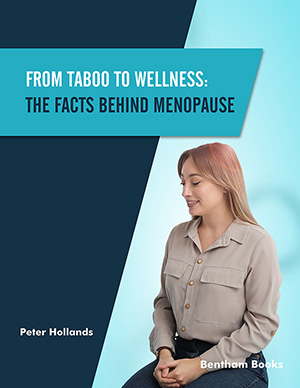Abstract
Background: Since there was no study on the effect of auriculotherapy on reducing the use of oxytocin and labor length, the present study is aimed to investigate this issue.
Methods: The present study was a randomized clinical trial with two parallel arms, without blinding, which was performed on 93 nulliparous women. Setting this study was done in one of the referral hospitals in Qom, Iran. The samples were randomly assigned to two groups: oxytocin (n = 47) or auriculotherapy and oxytocin (n = 46). After hospitalization of mothers in the active phase, in one group, 10- unit oxytocin was administered for augmentation, and in the second intervention group, the auriculotherapy technique, in addition to oxytocin, was performed. the master points zero, Shenmen, endocrine, thalamic, uterine, prostaglandin points, vagina on the earlobe area. The points were stimulated with the Pointer Plus electric device for 30 seconds, and 60 minutes later, the other ear was stimulated. The results were analyzed by SPSS 22, T-test statistical analysis, and Chi-square test.
Results: Regarding the main purpose of the study, the results showed that the length of the active phase indicated a significant decrease in the auriculotherapy group compared to the oxytocin group (244.86 ± 64.19 vs. 284 ± 62.75, p = 0.01). The other purpose of the study showed that the mean of oxytocin consumption significantly decreased in the auriculotherapy group.
Conclusion: It seems that auriculotherapy is an appropriate alternative method for labor augmentation.
Keywords: Auriculotherapy, complementary medicine, pregnancy, childbirth, nulliparous women, randomized clinical trial.
[http://dx.doi.org/10.1111/1471-0528.13589]
[http://dx.doi.org/10.1002/14651858.CD012274.pub2]
[http://dx.doi.org/10.22038/ijn.2020.43142.1717]
[http://dx.doi.org/10.1590/1518-8345.0765.2744] [PMID: 27463109]
[http://dx.doi.org/10.1016/j.ajog.2010.03.007] [PMID: 20451894]
[http://dx.doi.org/10.1515/jpm-2020-0042]
[http://dx.doi.org/10.1016/j.wombi.2018.07.003] [PMID: 30087073]
[http://dx.doi.org/10.1186/s12884-020-03331-x] [PMID: 33081758]
[http://dx.doi.org/10.1111/j.1542-2011.2010.00013.x] [PMID: 21429078]
[http://dx.doi.org/10.1111/j.1471-0528.2010.02647.x] [PMID: 20573151]
[http://dx.doi.org/10.1002/14651858.CD002962.pub4] [PMID: 29036756]
[http://dx.doi.org/10.1142/S0192415X76000354] [PMID: 970359]
[http://dx.doi.org/10.1016/j.wombi.2015.03.007] [PMID: 25911499]
[http://dx.doi.org/10.1016/j.wombi.2011.03.006]
[http://dx.doi.org/10.1080/01443615.2017.1386165] [PMID: 29426270]
[http://dx.doi.org/10.4314/ajtcam.v11i3.6]
[http://dx.doi.org/10.1155/2015/495684] [PMID: 26823672]
[http://dx.doi.org/10.1016/j.ctcp.2015.03.006] [PMID: 25921554]
[http://dx.doi.org/10.1155/2014/934670] [PMID: 25165482]
[http://dx.doi.org/10.1155/2019/2979780] [PMID: 30941191]
[http://dx.doi.org/10.1016/j.apnr.2019.05.011]
[http://dx.doi.org/10.1016/j.eujim.2018.05.012]
[http://dx.doi.org/10.1097/MD.0000000000013845] [PMID: 30593183]
[http://dx.doi.org/10.4103/jehp.jehp_141_17] [PMID: 30159347]
[http://dx.doi.org/10.1186/s13063-019-3896-0] [PMID: 31870458]
[http://dx.doi.org/10.1007/s11655-021-3452-0] [PMID: 34581941]
[PMID: 30288164]
[http://dx.doi.org/10.1016/j.ctim.2020.102413] [PMID: 32507430]
[http://dx.doi.org/10.1590/s0080-623420160000600003] [PMID: 27982389]
[http://dx.doi.org/10.1186/s12884-019-2365-9] [PMID: 31399062]
[http://dx.doi.org/10.1111/jmwh.12101] [PMID: 24472136]
[http://dx.doi.org/10.1136/pgmj.51.594.249] [PMID: 1197156]













